What Is Content Strategy? A Technical Guide with Practical Tips

Content is king in the modern day of online marketing, and that means you need a solid content strategy. You can't simply start up a blog, publish whatever comes to mind, and thrive like you could in the old days. Modern marketers require focus, quality, and attention to detail.
Creating a content strategy is a core part of this. What is it, and how do you do it?
Well, there are a lot of guides out there, but I've noticed that a lot of them are relatively surface-level. They tell you what a content strategy is, maybe give you some basic tips like "do keyword research", but that's about it.
That's fine for newcomers and novices. It's not very useful for advanced marketers or those who want to become advanced marketers. That's why I'm putting this post together. As it says in the title, this is a more technical guide with more practical tips than the average guide out there. I'll touch on the basics, but a lot of these are more advanced techniques I use to help my blog (and the blogs of my customers) succeed.
 30 Second Summary
30 Second Summary
You need a clear purpose for each piece of content you create, whether it's to get links, educate users or drive sales. Your success depends on thorough keyword research and analyzing what your competitors do. To pick winning topics, you have to check if you can realistically compete with existing content and understand what problems your readers face. Make your posts at least 2,000 words long, include plenty of links and format them for easy reading. Keep track of how well each post performs based on its original goal.
Defining Goals
Every piece of content on your website needs to have a purpose. That's the core of a good content strategy. The purpose can vary, but you need to know what it is.
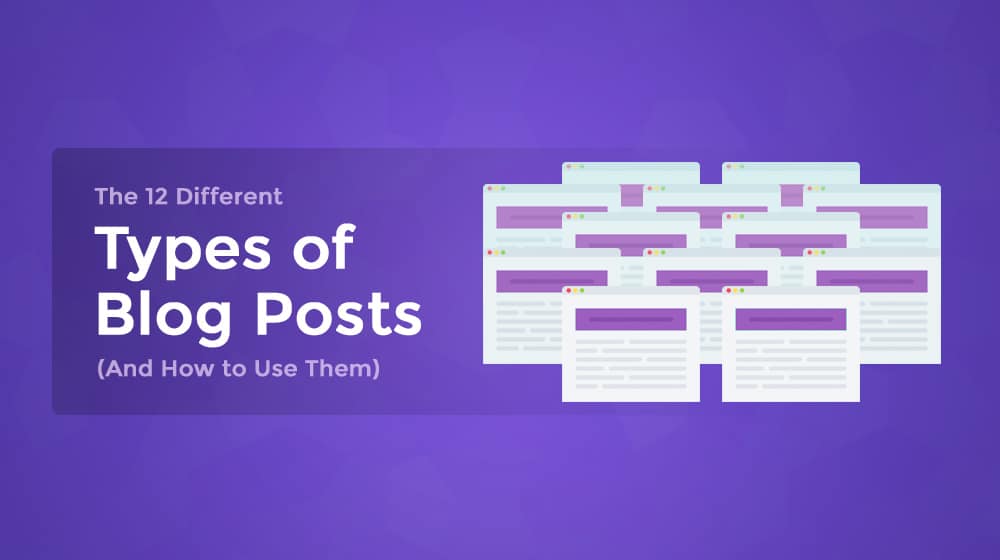
Here are some examples:
- Linkbait: this content exists to get other blogs to link to it. Links build SEO power and ranking.
- Education: this content covers a topic that users want to research, and gives them details they're looking for. This builds traffic and your thought leadership.
- Enticement: this content helps explain to users why they should consider your product, and what steps they should take to accomplish their goals.
- Conversion: this content pushes the user to make the jump from "interested" to "paying customer".
If you look at that and think "hey, that sounds a lot like a sales funnel", you're not wrong. Much like a sales funnel, the closer to a conversion you get, the rarer the content should be. You can't fill a blog full of content pushing a user to convert and expect a high rate of return, because none of your content exists to draw people in.
This is all very flexible. Goals can be something nebulous like "drive traffic", or very specific, such as "get a user to opt into the mailing list". The exact categorization depends on what model of sales funnel you want to use. The proportion of each kind of content, likewise, depends on how you subdivide your funnel.
I'm not a big fan of having a rigid sales funnel. I think every user journey is different, and users will fall into my orbit in different ways. I still divide up my posts by purpose, and I try to focus on surface-level educational and traffic-building content the most, and on down the funnel.
The key here is to build a methodology that works for you.
Keyword Research
Just about every internet marketer has a guide to keyword research. Seriously, here's just a few:
So, I'm not going to dig too deeply into this specific topic. Instead, I'm just going to mention one technique I use a lot, but that many of these guides don't cover. It's a more advanced technique, so it's left out of a lot of the general or beginner guides. What is keyword research?
One of the best techniques I use is researching competitors. Identify your competitors and categorize them into three groups: the ones that are smaller and weaker than your site, the ones that are on par with your site, and the ones that are larger and stronger than your site.
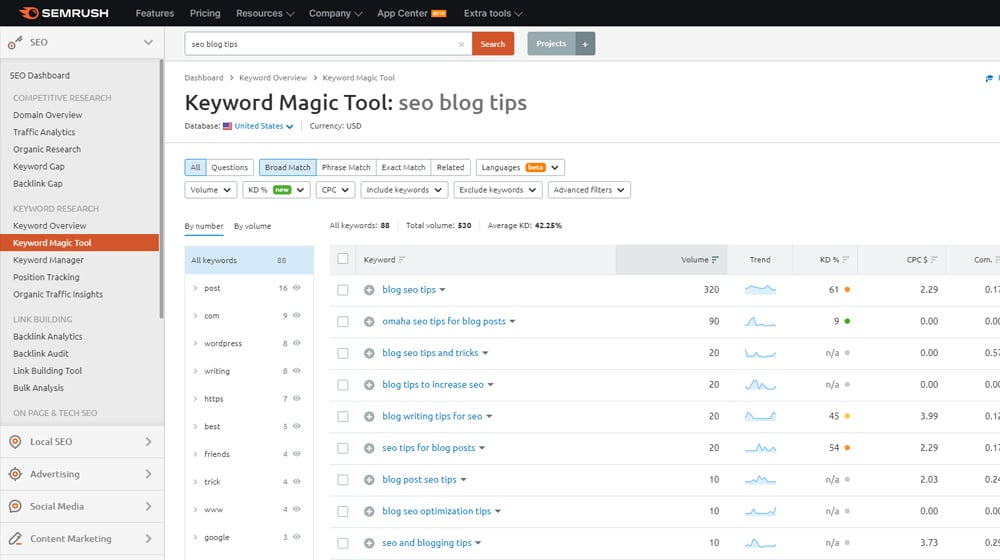
Then, do keyword research, but focus on finding the keywords those companies are targeting. Look at their content (the content that ranks, the content that is evergreen, and the content that they're currently publishing) and identify the core keywords.
You can use a variety of tools to help you with this. I like to use SEMRush, Ahrefs, and Alexa, among others. Some of these can outright identify top keywords, while others will only help you categorize the top content, which you'll need to analyze yourself.
Analyzing the Competition
Following from the previous point, once you have those keywords, you need to analyze whether or not it's a topic you can compete in.
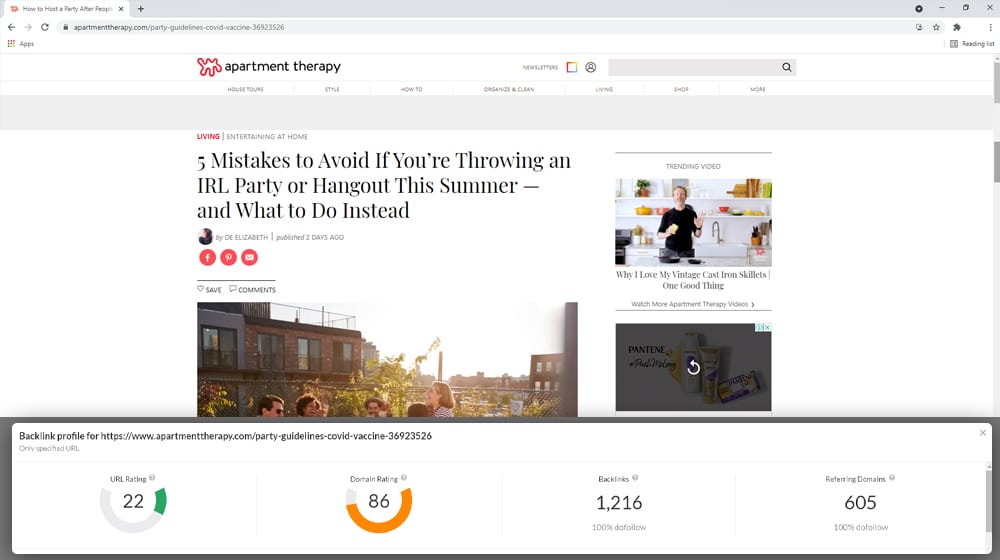
This is where that categorization comes into play.
Answer questions like:
- What is the Domain Authority, Page Authority, or other metrics for the content?
- What is the estimated traffic for the content?
- How strong/large is the site compared to you?
- How strong is the #10 ranking site on the SERPs? Can you out-do them?
- What is the word count of the post? Can you do it better?
- How well-written and well-formatted is the content? If you were looking for that information, would that post satisfy you?
- How relevant is the content to the current day? Is it fresh and updated, or is it older and outdated?
What you're doing is determining the answer to a series of questions at the core of your content marketing strategy:
- Can I possibly compete with the existing content as my site stands today?
- If so, how much work do I have to put into my content to compete?
Some keywords are dominated by all of the big names in the industry and will be difficult or nearly impossible to compete. Some are only filled with token content that you can easily outdo. It's all relative. My site is relatively small and new compared to juggernauts like Hubspot, but I out-perform many of these big names for hundreds of keywords and hold a bunch of #1-ranked spots for some of my more focused content.
You can too.
There will be cases where you think you can compete for a keyword, and you turn out to be wrong. There will be cases where you can compete for a keyword, but only if you put an exorbitant amount of work into your content, which isn't entirely worthwhile. It's a value proposition that you need to determine.
Collecting Customer Pain Points
Sometimes, keyword research is disheartening. It seems like every keyword you identify has two dozen big-name sites competing for it already, and you can hardly even envision competing for a spot on page two, let alone page one.
In times like those, you need to look for other sources of information. What I tend to look for are customer pain points.
Note that this doesn't mean it's a question that hasn't been answered. Sometimes that's true, but often it simply means the customer doesn't know enough about the topic to know how to ask the question.
Here's an example: if I want to know how hard it will be to rank for a keyword, I might ask Google "how to find the competition of a keyword." This, though, brings up a ton of content about finding competitor's keywords, and nothing about how hard those keywords will be to rank. That's because I'm not using the right search term. I should probably be searching for "keyword difficulty" instead.
This is an opportunity for someone to produce a piece of content targeting the "keyword competition" niche to educate and explain to users what they should be searching for (and what the answer is so that they don't need to search further).
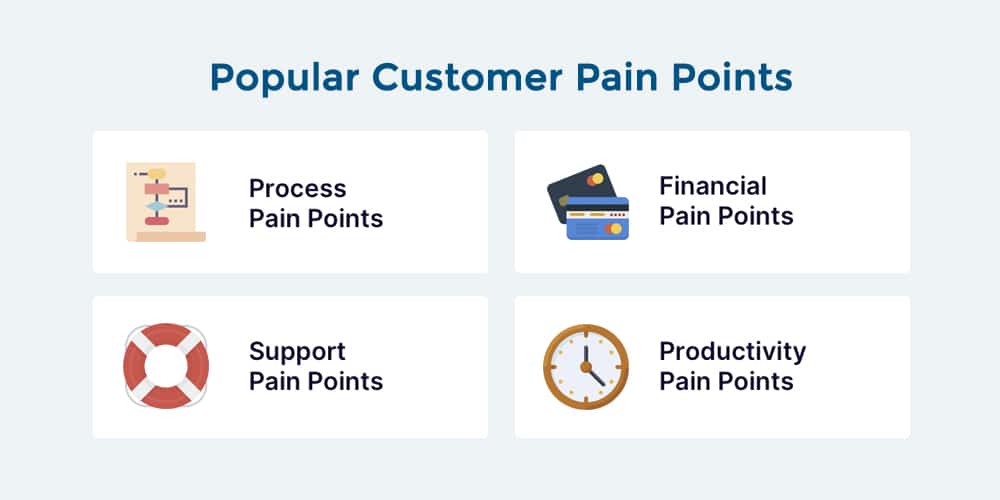
Granted, in this example, the "keyword competition" SERPs is packed and it'll be extremely hard to rank with content like that. The theory is sound, though.
How do you find customer pain points? You can look in various locations.
- Your customer support tickets. Do people ask for help with certain functions or features? Do they need explanations for certain content?
- Niche communities. If you have a web forum (or your competition does) you can use that as a source of inspiration. The same goes for Facebook groups and Twitter chats.
- Large general subreddits and smaller niche subreddits are both good for different kinds of pain points.
- The Q&A site is often full of people asking specific questions you can use to find pain points.
You should look for specific kinds of issues, questions, and concerns.
- Productivity issues. People want to do their jobs in an efficient and frictionless way. They'll often look for ways to streamline, optimize, or otherwise minimize processes and duties. Look for opportunities to help your target audience with their job.
- Financial strain. A common customer pain point is the amount that they have to pay to solve their issues. Offering a cheaper or more comprehensive way to do it helps you attract that audience.
- Knowledge gaps. The above example of competition/difficulty is a knowledge gap. Identifying a way to teach a user what they don't know they don't know is difficult, but it's very rewarding when you can find that opportunity.
All of this allows you to reach users who have problems, offer them solutions in the form of knowledge or a free trial of your product, and encourage further engagement, recognition of your brand, and returning traffic.
Producing the Right Kind of Content
There are, in my reckoning, twelve types of blog posts. Some of these aren't useful (like media reports and announcements), and others have specific uses (like press releases and news content). Others, like skyscraper content, evergreen content, and linkbait, are all excellent kinds of content to use.
The key is to determine what each keyword should have as its core kind of content. Does a keyword or a pain point deserve a linkbait-style post, or would an evergreen post serve better? Is the competition strong enough that nothing short of skyscraper content will do?
In some cases, you can come up with keyword variations for a given topic, and write more than one post about it. Each post has its unique focus and purpose, so they're distinct enough to rank separately and not cannibalize one another. Those are the best topics to find, though admittedly they're relatively rare.
Building Quality Content
Part of your core content strategy should be a plan for how to put together content.

How do you go from a topic to a quality blog post that performs?
- Make sure your content is of adequate length. I don't recommend anything shorter than 2,000 words these days.
- Every post should be packed with links, both internal and external. Internal links should be prominent and help keep users in your orbit, while external links should exist for further reading on topics you haven't covered yet, or for sources for your data.
- Users skim posts looking for the information they want, then read deeper. Improve your site with added functionality like a table of contents, highlight key passages, bold and underline key points, and use bulleted/numbered lists to improve readability.
And, of course, you need to fulfill the purpose of the post, answer the pain point, and encourage users to stick around with calls to action. You don't want your content to ramble on and not teach the reader anything new. You also don't want to recirculate the same old information that is already published around the web.
Monitoring and Analyzing Results
No content strategy is complete without monitoring, data harvesting, analysis, and optimization.
You defined your goals already, so now you need to monitor your blog performance with an eye for those goals.
Start by identifying the key performance indicators for that kind of content. If it's meant to be linkbait, watch backlinks. If it's meant to generate traffic, watch traffic numbers, sources, and quality. If it's meant to funnel people deeper into your orbit, watch for the people who follow your CTAs.
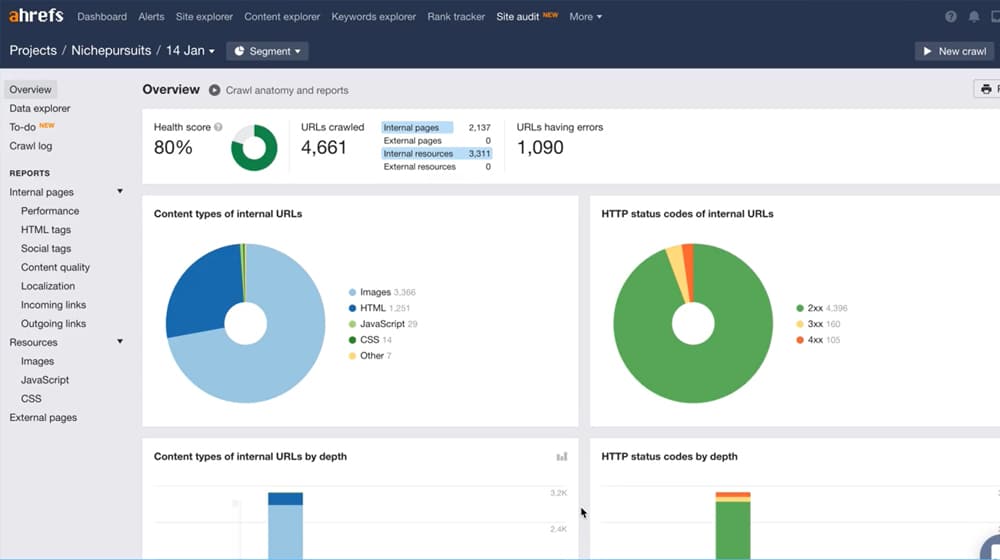
Critically, you need to monitor these with an eye for how to improve them. If your post meant to generate links isn't generating links, why not? Did you not make a comprehensive enough guide? Is the topic not important enough for other bloggers to write about it in a way that generates links? Are you not promoting it well enough to the right people? Did you misidentify the goal?
Only once you know what you need to do, can you identify whether or not the post is working, and optimize it to make it work better. That, my friends, is the core of a good content strategy.
What is your favorite content strategy tip? Do you agree or disagree with any of the tips I've mentioned? Please share your thoughts in the comment section below - I respond to every comment I receive and I'd love to get a conversation on this topic started.



 30 Second Summary
30 Second Summary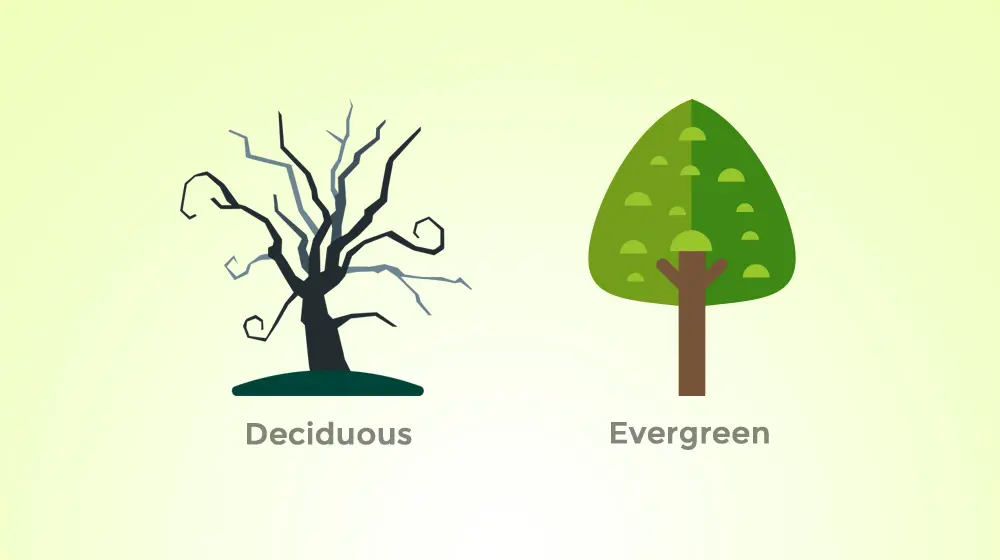




June 16, 2021
Awesome tips here thank you sir
June 17, 2021
Thanks, Elijah! Happy they were helpful to you. Thanks for stopping by.
December 27, 2022
Thank you for this information truly helpful. I have a Lifestyle Blog and having been struggling to get readers. Your site has been very helpful.
December 29, 2022
Hey Nat! You're very welcome!